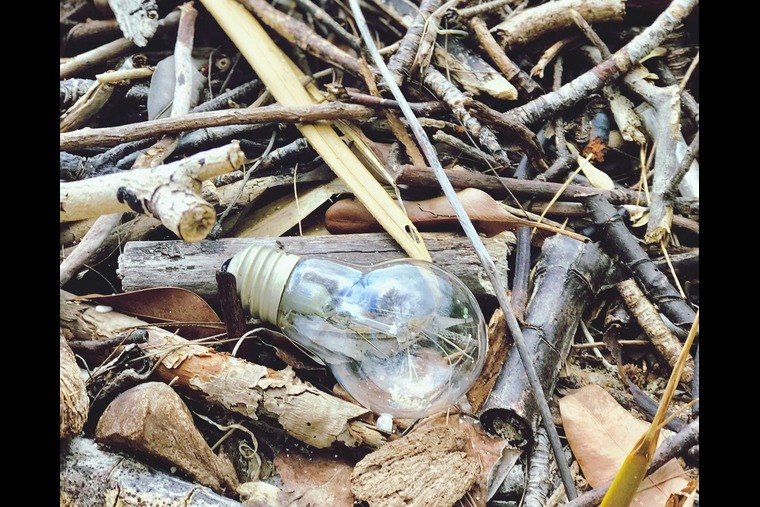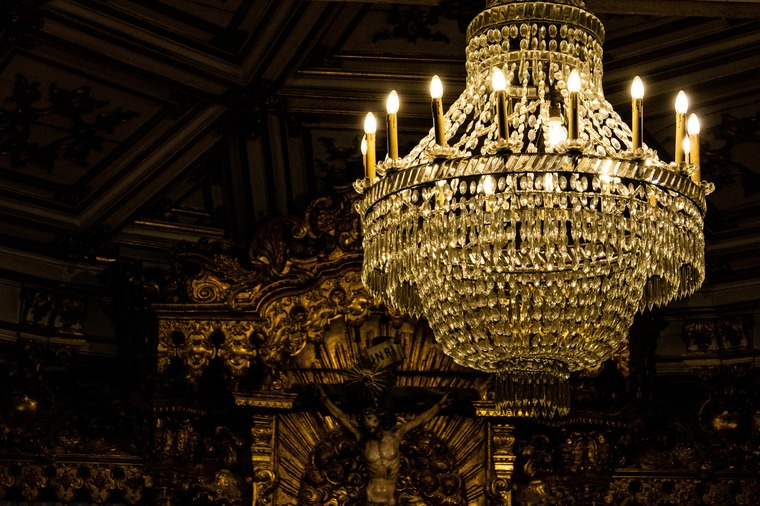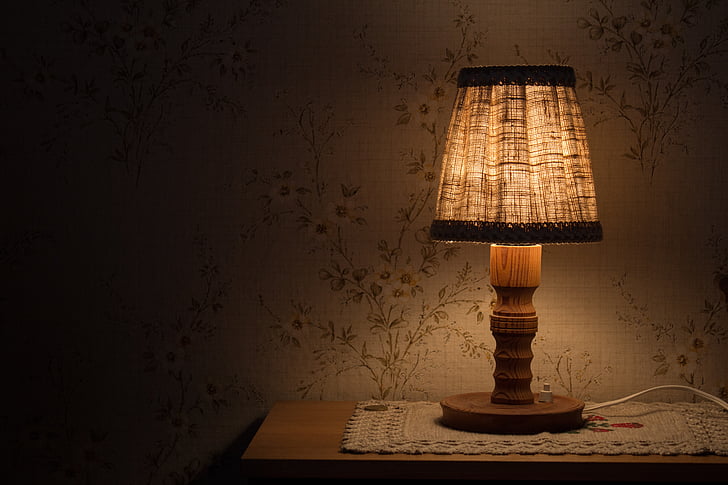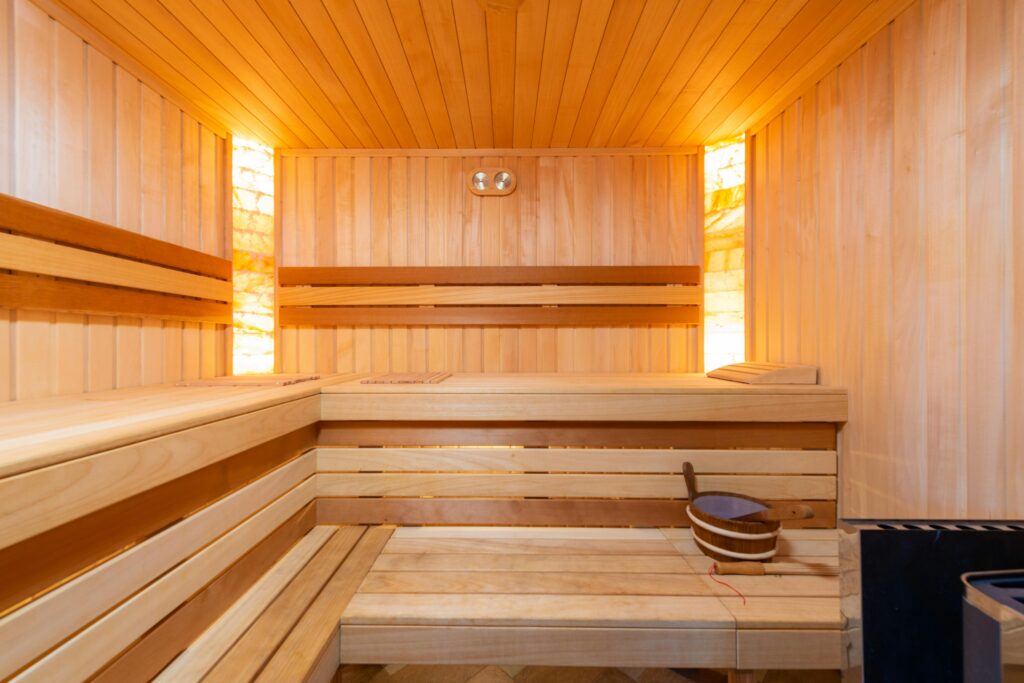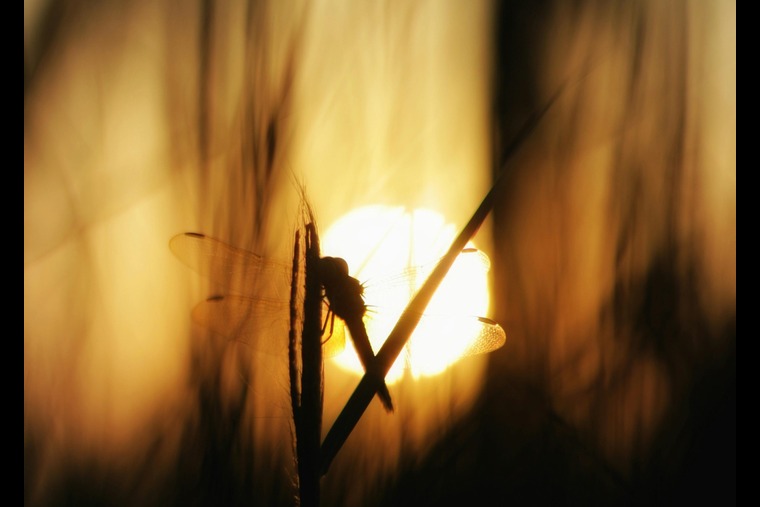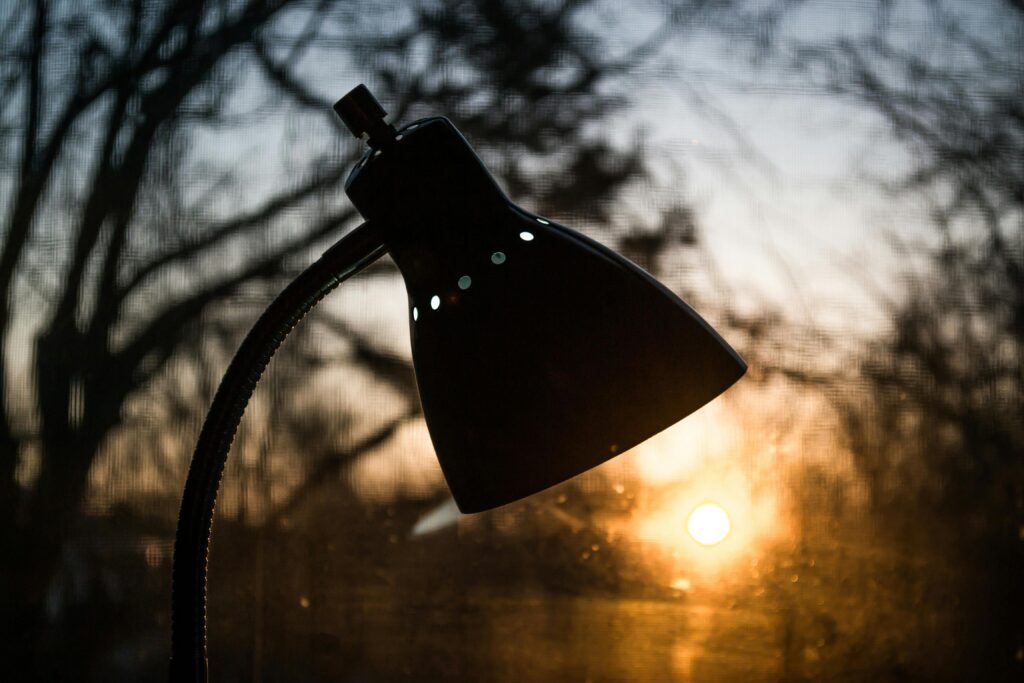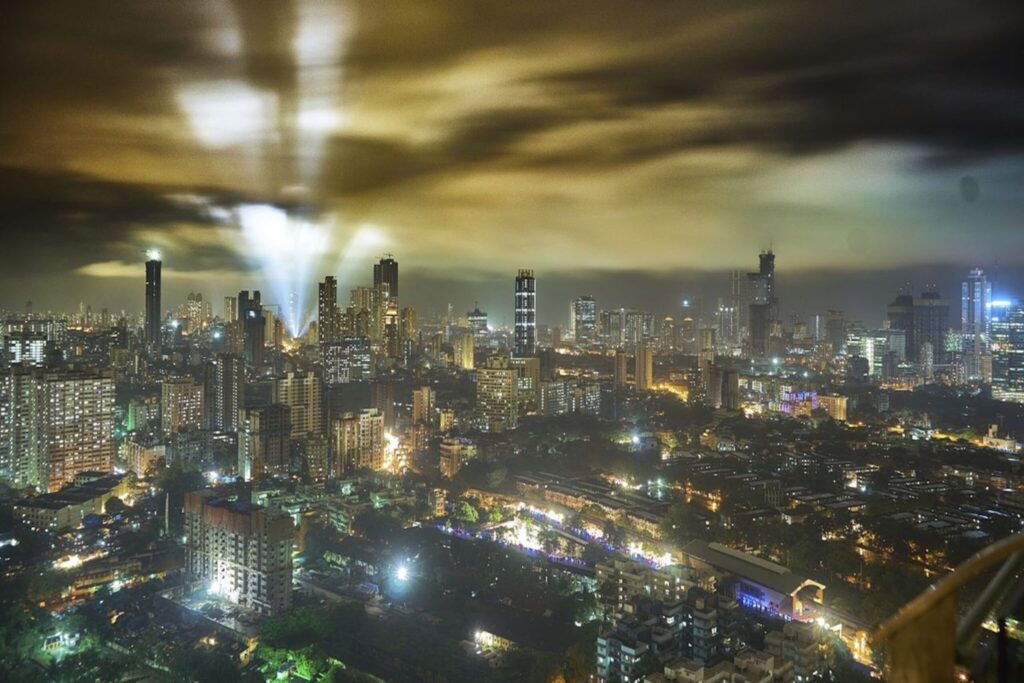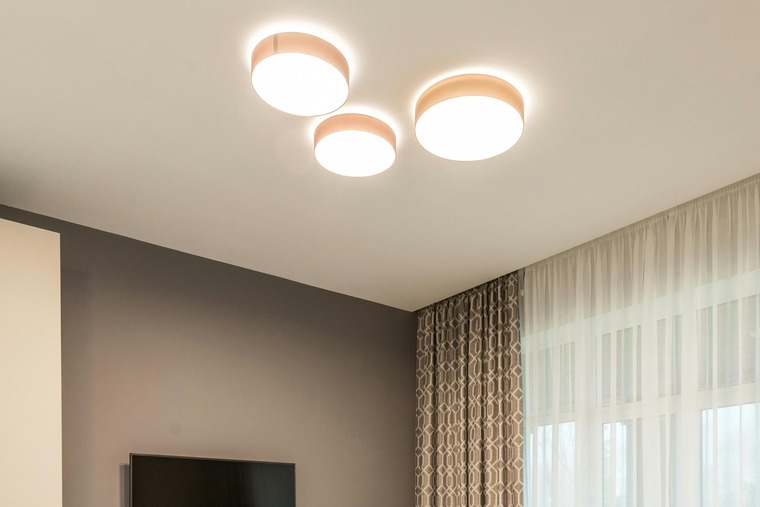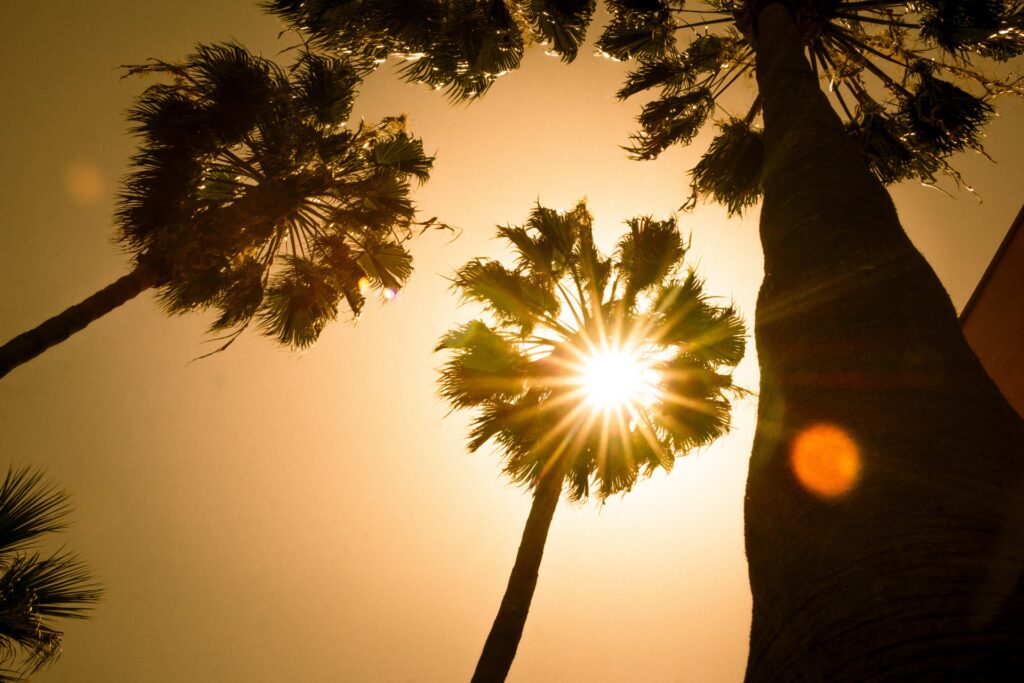LED light bulbs have changed the lighting industry because they use less energy and last longer. However, like all electronics, they will eventually stop working and need to be thrown away the right way. Recycling LED bulbs is important for protecting the environment and saving resources. This guide will explain why recycling is important, how the process works, and offer simple tips for properly disposing of old bulbs.
Why Recycle LED Light Bulbs?
Soil and water contamination
Throwing away LED bulbs improperly can harm the environment and our health. They contain harmful materials like lead, mercury, and arsenic that can:
- Pollute soil and water
- Harm plants and animals
- Reach groundwater and affect human health
Harm to wildlife and human health
Throwing away LED bulbs wrongly harms people and animals. These bulbs contain poisonous materials like mercury and lead that can:
- Pollute soil and water
- Harm or kill animals that eat or touch them
- Cause health problems in people, like:
- 1. Brain damage
- 2. Breathing issues
Waste of valuable materials
Throwing away LED bulbs instead of recycling them wastes valuable materials like rare earth metals and phosphor coatings. These resources are limited, and when they’re discarded, it leads to the depletion of natural materials. Recycling LED bulbs helps recover these materials, reducing the need for more mining and protecting the environment. It also lowers production costs and decreases the environmental impact of making new bulbs. Properly disposing of LED bulbs minimizes resource waste and supports a more sustainable circular economy.
Benefits of LED Light Bulb Recycling
Environmental Protection
Recycling LED bulbs prevents harmful chemicals from polluting the environment. Instead of being dumped in landfills where toxic substances like mercury and lead can seep into the soil and water, the bulbs are safely broken down, and valuable parts are reused. This process protects wildlife, plants, and people from these dangerous materials. Recycling also conserves resources because metals and plastics can be recovered and used again instead of being mined or made from scratch. So, recycling LED bulbs is an easy way to protect the planet and reduce environmental harm.
Resource Conservation
Recycling helps get valuable materials like metals and plastics from used items, so we don’t have to mine or make new raw materials. This saves energy and reduces the harm to the environment. By reusing materials from old products, we save money and cut down on pollution from manufacturing. It also conserves natural resources, making them last longer for future generations. Overall, recycling is a smart way to reduce waste and make the most of what we have.
Energy Savings
Recycling LED bulbs saves energy by cutting down on the need for new raw materials, which takes a lot of energy and resources. Instead of mining for metals or making new parts, we can reuse materials from old bulbs. This reduces the energy needed for manufacturing and transportation, lowering overall energy use. It also cuts down on pollution and helps conserve natural resources, making the process more sustainable. In the long run, recycling LED bulbs helps us use energy more efficiently and protect the environment.
Economic Benefits
Recycling makes jobs and supports local economies by helping industries that handle and reuse materials. When items like LED bulbs are recycled, workers are needed to sort, clean, and break them down, creating more job opportunities. Recycling businesses also trade in recycled materials, which brings money into the community. It also cuts down on the need to import raw materials, boosting local industries. Overall, recycling helps keep money and jobs in the community, benefiting both workers and the economy.
Reduce landfill waste
Throwing away LED bulbs instead of recycling them adds to landfill waste. When LED bulbs are dumped in landfills, toxic substances like mercury and lead can leak into the ground, polluting the soil and water. This harms the environment and makes landfills overcrowded. Many parts of LED bulbs, like metals and plastics, can be recycled, which would cut down on waste. Properly recycling LED bulbs helps reduce waste, save resources, and protect the planet.
Recover precious materials
Throwing away LED bulbs instead of recycling them wastes valuable natural resources. Many parts of LED bulbs, like metals, glass, and plastics, can be reused. When these bulbs are not disposed of properly, these materials are lost. Recycling helps us get these materials back, so we don’t need to mine or make new ones, which can harm the environment. By recycling LED bulbs, we save important resources for future generations and reduce environmental damage.
How to Recycle LED Light Bulb
Check Local Recycling Programs
To properly dispose of LED bulbs, contact your local waste management agency for recycling options. Many places have special programs or drop-off spots for recycling old bulbs safely. These agencies can tell you where to take your used bulbs and how to handle them to avoid hurting the environment. Recycling through these programs prevents toxic substances from going to landfills and saves valuable materials. Reaching out to your local waste service is an easy way to help keep the environment clean and sustainable.
Retailer Take-Back Programs
Some stores have LED recycling programs, making it easy for people to dispose of old bulbs properly. Shoppers can drop off used LEDs in special bins at the store, ensuring they are handled safely. By doing this, customers help reduce pollution and save valuable materials in the bulbs. Stores often work with recycling companies to safely process harmful substances like mercury. This convenient option encourages more people to recycle LEDs, helping create a cleaner, greener environment.
Community Collection Events
Joining community collection events is a great way to get rid of LED bulbs and other e-waste properly. These events are organized by local groups or cities to make recycling hazardous materials safe and easy. By taking part, you help cut down pollution and make sure valuable materials are reused. These events also teach people about the importance of recycling, making it simpler for everyone to help keep the environment clean.
Mail-In Recycling Programs:
Partnering with organizations that offer mail-in recycling services makes it easy to responsibly dispose of LED bulbs. These services provide prepaid shipping labels, allowing you to send your used bulbs for proper recycling. By using these convenient options, you help reduce environmental impact and conserve valuable resources
The Recycling Process
Collection
The first step in the LED recycling process is collecting used bulbs from households, businesses, or recycling drop-off points. Gathering these bulbs ensures they are properly handled and kept out of landfills, where they could release harmful toxins
Sorting
Sorting LEDs for the recycling process involves separating them based on type and materials, such as separating bulbs with hazardous components like mercury from others. This step ensures that each type of LED is processed using the appropriate methods to safely recover valuable materials and prevent contamination
Disassembling
Disassembling LEDs is an important step in the recycling process, where the various components of the bulb, such as the glass, metal, and plastic, are carefully separated. This allows each material to be processed and recycled properly, reducing waste and recovering valuable resources.
Shredding
Shredding LEDs is a key step in the recycling process, where the bulbs are broken down into smaller pieces to separate their components. This helps to safely remove hazardous materials like mercury and phosphor, while also allowing valuable metals, glass, and plastics to be easily extracted
Separation
After shredding LEDs, the next step is separating the shredded materials into different components, such as metals, glass, plastics, and hazardous substances. This is typically done using advanced sorting technologies like magnets and air classifiers to ensure each material is properly isolated for recycling
Safe Disposal of Hazardous Materials
The safe disposal of hazardous materials in LEDs, such as mercury and phosphor, is a critical part of the recycling process. Specialized methods, like chemical treatments or secure containment, are used to neutralize or safely dispose of these harmful substances.
Recycling and Reuse
In the recycling process, the materials from LEDs, such as metals, glass, and plastics, are cleaned and processed for reuse in new products. These recycled components help reduce the need for raw material extraction, conserving natural resources and energy
Practical Tips for LED Light Bulb Recycling
Proper Packaging
When recycling LED bulbs, make sure to package them securely to prevent breakage. Use the original packaging or wrap the bulbs in newspaper or bubble wrap to protect them during transport
Avoid Curbside Recycling
LED bulbs should not be placed in curbside recycling bins, as they require special handling due to their material composition. Instead, take them to a designated recycling center or drop-off location.
Educate Others
Spread the word about the importance of LED light bulb recycling to friends, family, and colleagues. Encourage others to recycle their old bulbs and contribute to environmental sustainability.
The Role of Manufacturers and Retailers in LED Recycling
Manufacturers and retailers play an important role in promoting the recycling of LED bulbs. Many companies offer take-back programs where consumers can drop off old bulbs for recycling. Some of the major brands that have implemented such initiatives include:
- Philips: Offers a bulb recycling program through selected retailers and local collection points.
- GE Lighting: Works with retailers and waste disposal services to help consumers recycle bulbs.
- IKEA: Offers a free recycling service for various light bulbs, including LEDs, at their store locations.
By supporting these programs, consumers can ensure that their used bulbs are disposed of in an environmentally friendly manner.
Why LED Light Bulb Recycling Is Not Always Convenient
While the environmental benefits of LED light bulb recycling are clear, there are challenges when it comes to convenience. Many recycling programs for light bulbs are not as widespread or easy to access as other household recycling services. As a result, some consumers may continue to dispose of their bulbs improperly.
Challenges and Future Directions
Lack of Standardization:
A lack of standardization in LED design poses a significant challenge to recycling, as different manufacturers use varying materials and components. This inconsistency makes it harder to develop efficient recycling processes and separate valuable materials.
Technological Advancements
Technological advancements in LED lighting present challenges for recycling because newer models often incorporate complex designs and materials that are not yet widely understood or easy to process. As LED technology evolves rapidly, recycling facilities struggle to keep up with the latest innovations and adapt their methods accordingly.
Increased Awareness
Increased awareness of LED recycling is still a challenge, as many consumers are unaware of the proper disposal methods for their old bulbs. Despite growing environmental concerns, many people continue to throw away LEDs instead of recycling them, leading to greater waste and pollution.
Conclusion: Why Recycling LED Light Bulbs Matters
Recycling LED light bulbs is essential for protecting the environment, conserving resources, and promoting a sustainable future. By following the proper disposal methods and utilizing available recycling programs, we can minimize the impact of electronic waste and support a circular economy. Let’s all do our part to ensure that LED light bulbs are recycled responsibly and contribute to a cleaner, greener planet.

